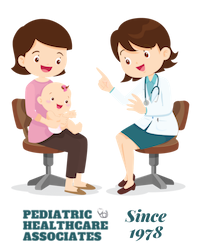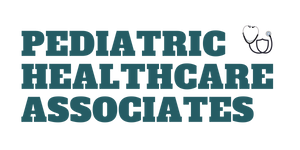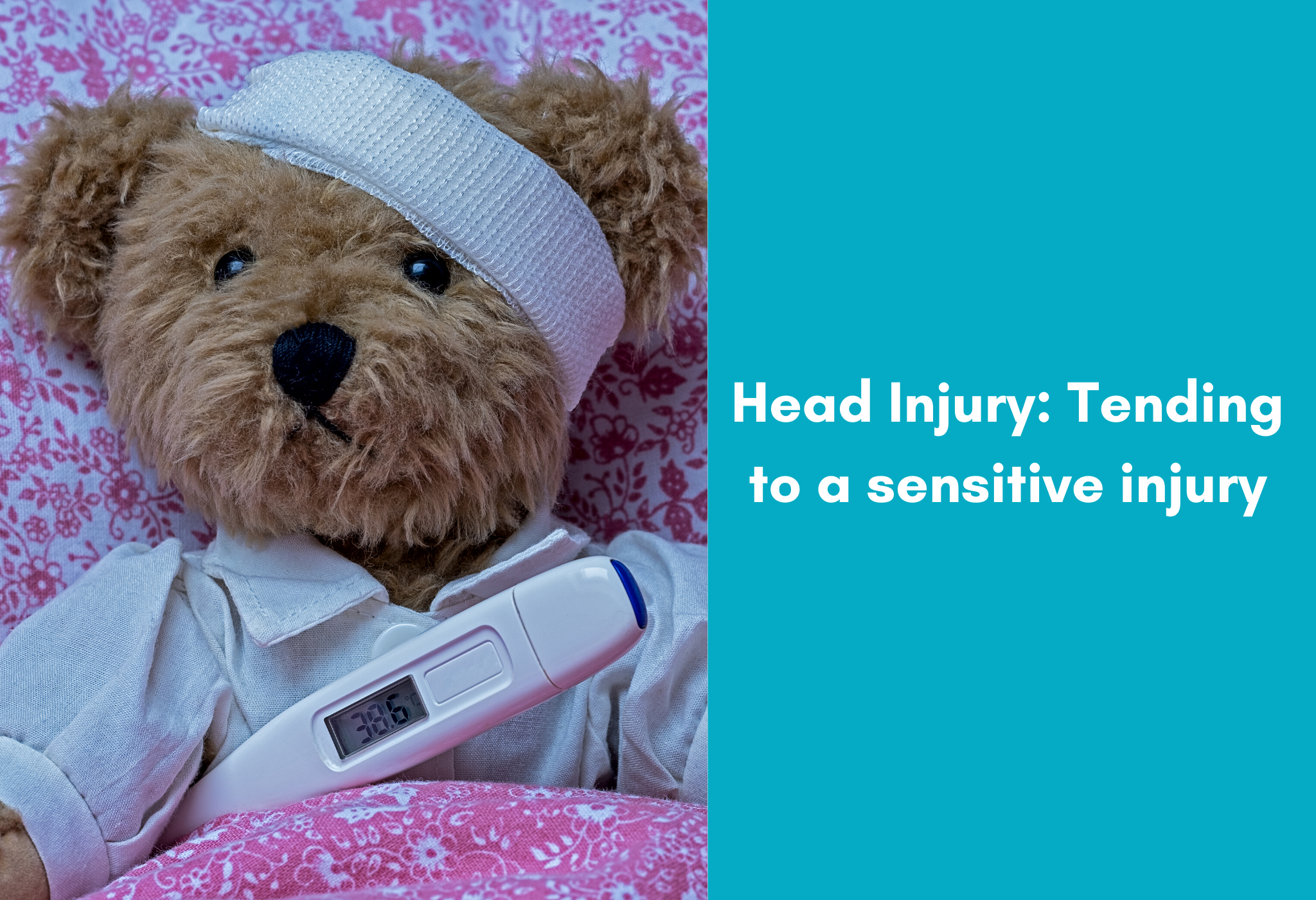Head Injury: How to help your child overcome the pain?
Head injuries are among the most sensitive and concerning injuries in children, requiring immediate care and medical attention. Whether it's a minor bump or a serious brain injury, understanding the types of head injuries can help parents take the right steps to ensure their child’s safety.
Types of Head Injuries in Children
- Scalp Injury
Most head injuries in children primarily affect the scalp and are minor. These may include:
- Cuts, scrapes, bruises, or swelling due to falls or accidents
- Big lumps (bruises) that can form even from minor injuries
- Black eyes developing 1-3 days after a forehead bruise
- Frequent head bumps when children are learning to walk
While scalp injuries can appear severe due to bleeding, they are usually not serious. However, if the swelling is excessive or the child shows signs of pain and discomfort, consulting a pediatrician is advisable.
- Skull Fracture
Skull fractures are rare in children, occurring in only 1% to 2% of head injury cases. Key points include:
- Often, the only symptom is a localized headache at the site of impact
- Most skull fractures heal on their own without complications
- Immediate medical evaluation is necessary if the child displays unusual symptoms
- Concussion: A Temporary Brain Injury
A concussion is a type of brain injury caused by a sudden blow or jolt to the head. It can result in:
- Confusion or memory loss immediately after the injury
- Headache, dizziness, nausea, or vomiting
- Emotional or behavioral changes lasting for weeks
- Difficulty concentrating or school-related issues
Even if a child does not lose consciousness, they may still have a concussion. If symptoms persist, seeking medical advice from a specialist is crucial.
- Brain Injuries: Serious Cases
Severe brain injuries may involve internal bleeding, swelling, or bruising of the brain. These injuries require immediate medical attention and may present symptoms such as:
- Difficulty waking up or staying awake
- Slurred speech and confusion
- Weakness in the arms or legs
- Unsteady walking or dizziness
If any of these symptoms occur, call 911 immediately or rush the child to the nearest hospital.
When to See a Pediatrician?
While minor bumps and bruises are common in children, serious injuries require expert evaluation. If you’re looking for the best pediatricians in Altoona, PA, consider consulting a pediatric specialist to ensure your child receives the best possible care. Pediatricians can assess head injuries, recommend further medical attention if needed, and provide guidance on managing concussion symptoms effectively.
By staying informed and acting quickly, parents can ensure the safety and well-being of their children after a head injury. If in doubt, always seek professional medical advice!
How to tackle the injury?
Head injury can develop into a serious issue in absence of proper medical care. As a parent one should be aware of the severity of the situation. Following are few points to help:
Call 911 Now
- Seizure occurred
- Knocked out (unconscious) for more than 1 minute
- Not moving neck normally. Caution: protect the neck from any movement.
- Hard to wake up
- Acts or talks confused or slurred speech present now
- Walking not steady or weakness of arms/legs present now
- Major bleeding that can't be stopped
- You think your child has a life-threatening emergency
Go to ER Now
- Mild concussion suspected (awake but not alert, not focused, slow to respond)
- Neck pain after head injury
- Had confused talking, slurred speech, unsteady walking or weakness of arms/legs but fine now
- Blurred vision lasted more than 5 minutes
- Injury caused by high speed (car crash)
- Vomited 2 or more times
- Severe headache or crying that won't stop
- Can't remember what happened or store new memories
- Large deep cut that will need many stitches
Call Doctor or Seek Care Now
- Age less than 1 year old
- Knocked out (unconscious) for less than 1 minute
- Skin is split open or gaping and may need stitches
- Bleeding that won't stop after 10 minutes of direct pressure
- Large swelling (larger than 1 inch or 2.5 cm)
- Large dent in skull
- Blow from hard object (such as a golf club)
- Fall from a dangerous height
- You think your child has a serious injury
- You think your child needs to be seen, and the problem is urgent
Contact Doctor Within 24 Hours
- Headache lasts more than 24 hours
- You think your child needs to be seen, but the problem is not urgent
- Dirty cut and no tetanus shot in more than 5 years
- Clean cut and no tetanus shot in more than 10 years
- You have other questions or concerns
Self care advice
If not serious, head injury can be remedied at home. Few tips:
- Wound Care:
- If there is a scrape or cut, wash it off with soap and water.
- For any bleeding, put direct pressure on the wound. Use a gauze pad or clean cloth. Press for 10 minutes or until the bleeding has stopped.
- Cold Pack For Swelling:
- Use a cold pack or ice bag wrapped in a wet cloth. Put it on any swelling. Do this for 20 minutes. It prevents big lumps ("goose eggs"). Also, helps with the pain.
- Repeat in 1 hour, then as needed.
- Watch Your Child Closely for 2 Hours:
- Watch your child closely during the first 2 hours after the injury.
- Have your child lie down and rest until all symptoms have cleared. Note: mild headache, mild dizziness and nausea are common.
- Allow your child to sleep if he wants to, but keep him nearby.
- Wake him up after 2 hours of sleeping. Check that he is alert and knows who you are. Also, check that he can talk and walk normally.
- Diet - Start With Clear Fluids:
- Offer only clear fluids to drink, in case he vomits.
- Allow a regular diet after 2 hours.
- Exception: babies can continue breastfeeding or formula.
- Pain Medicine:
- To help with the pain, give an acetaminophen product (such as Tylenol). Another choice is an ibuprofen product (such as Advil). Use as needed.
- Exception: Do not give until 2 hours have passed from injury without any vomiting.
- Caution: Never give aspirin to children and teens. Reason: Always increases risk of bleeding.
Disclaimer: This health information is for educational purposes only. You, the reader, assume full responsibility for how you choose to use it.
Citation/References:
https://phcaaltoona.com/phca-symptom-checker/#!/topic/109/head-injury
